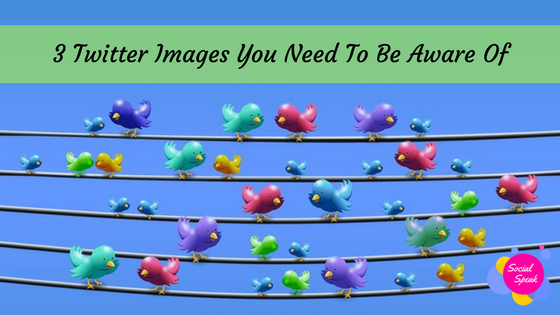After playing with social media for a few hours, it’s easy to become overwhelmed. You quickly realize that there are so many new tools constantly coming out that you feel obligated to learn in order to keep your social media marketing plan strong.
You can be sure that with Internet marketing, once you conquer one social media platform, a new one will come out soon enough, so always be prepared for continual learning! However, understand that sometimes it is worth learning all the new social media tools, and sometimes you might not need to invest so much time in learning a new platform; it all depends on your specific marketing plan and target audience.
While it can be demanding to have to constantly keep up with the latest social media tools, there are tricks to help keep your cool and stay strong in the ever-changing Internet marketing scene. Here are three elements to stick with in order to keep your social media marketing plan sturdy when approaching new social media channels.
1. Stick with what you know
If you’ve been playing with social media for a while now, you should know what works for you and what doesn’t. If there’s one social media platform you know is bringing you success, stick with it and maintain that success. When you find a new social media channel, experiment with it, but don’t neglect your best platform.
2. Stick with your marketing plan
If you know certain social media platforms won’t work well with your company’s marketing goals, don’t waste your time with them. Know what your company message is, what content you want to deliver, and who you want to deliver it to. Keep this plan flexible so it can adapt to the latest platforms, but never forget what your marketing plan is. Only spend time looking into new platforms if they seem to align with your marketing goals.
3. Stick with your customers
To be successful with social media marketing, you must know who your target audience is and know what social media platforms they use the most. Take this information into consideration when new platforms pop up. Think about if the new platform seems like something your target market would get into, or not. If it is, take the time to learn it to reach those customers.
Even though there is a lot to learn with social media marketing, if you spend your time wisely on learning what will work with your social media campaign, you will stay successful.












